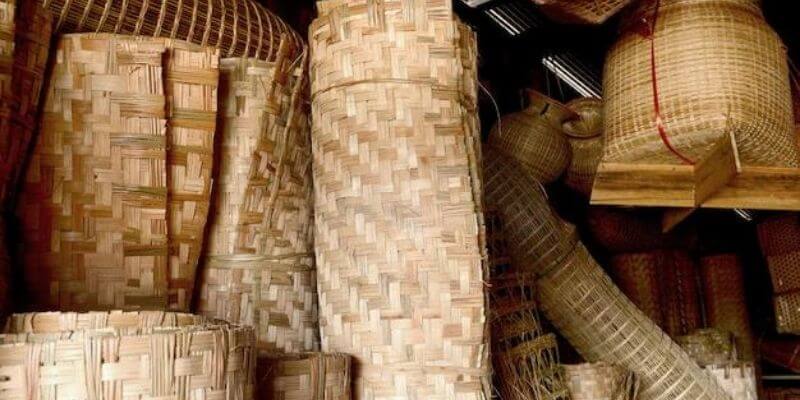Over the years, we have seen a massive rise in the number of bamboo products available, such as Bamboo Mattresses, Pillows and Duvets. This rise is mainly due to improved manufacturing techniques and consumer desire for eco-friendly products. From the clothes, they wear to the beds they sleep in and the cups that hold their morning coffee.
So, what are the eco-friendly benefits to bamboo products? In this blog, we will look at the many benefits of using this fantastic grass for the environment.
Bamboo grows quickly & improves the soil.
Bamboo may look like a tree, but it is, in fact, grass and holds the record of being the fastest-growing land plant in the world, growing up to an impressive 2.91 ft per day! This grass has a shallow root structure which holds the soil together and helps to prevent the soil from erosion.
When the bamboo is harvested, the stalks are carefully cut without disturbing the root structure. This allows the soil to remain undisturbed and, over time, will help the quality of the soil to improve and prevent landslides in the wet season.
It absorbs carbon and produces oxygen.
As it grows, bamboo takes up less energy than many products and requires a third less water than cotton, which puts less strain on the environment around it. It also absorbs greenhouse gases and releases oxygen into the atmosphere (up to 30% more than hardwood trees).
Bamboo also does not require herbicides, pesticides and fertilisers to grow or during harvesting, as it is naturally resistant to pests and diseases. This resistance helps protect the people, the water system, and the environment around where it is grown from exposure to dangerous chemicals.
Bamboo is an easy-care fabric.
Bamboo fabrics are created by soaking the chopped bamboo stalks into a pulp, then drying and rolling them into sheets. These sheets are then milled and spun into bamboo fibre, which creates bamboo fabric.
The fabric is soft, luxurious and easy to care for as it is naturally antibacterial and inhospitable to microorganisms and parasites like bed bugs. This means the fabrics can be washed at low temperatures and without the need for harsh chemicals, which is a fantastic eco-friendly benefit.
With its natural resistance, this soft, luxurious fabric makes it perfect for making bamboo bedding, bamboo mattresses and towels, which are easy to care for and breathable.
A low-waste product.
All bamboo parts can be used in one way or another. The stalks can be used to make bamboo products, and the leaves can be used for animal feed and mulch. The roots can be left to regrow, and the dust created when the bamboo is manufactured can be used as fertiliser. All of this makes bamboo an excellent waste-free eco-friendly product.
The strength of mild steel
For decades, bamboo has been used as scaffolding and as a building material in Hong Kong and China. This is due to its availability and because it has the compression strength of concrete and is as strong as mild steel! This incredible strength is passed on to the products made from bamboo, making them very strong, durable and long-lasting.
One of the important factors that make a product eco-friendly is that it can be reused repeatedly, for many years, without needing to be replaced. So, whether you choose a bamboo mattress, a pillow or a plate, you know they will be made to last.
As we can see, the Eco-friendly benefits to bamboo products are wide-ranging and benefit not only the area where the bamboo is grown but the planet as a whole—reducing the need for chemicals for both growing, manufacturing and washing the bamboo product.

